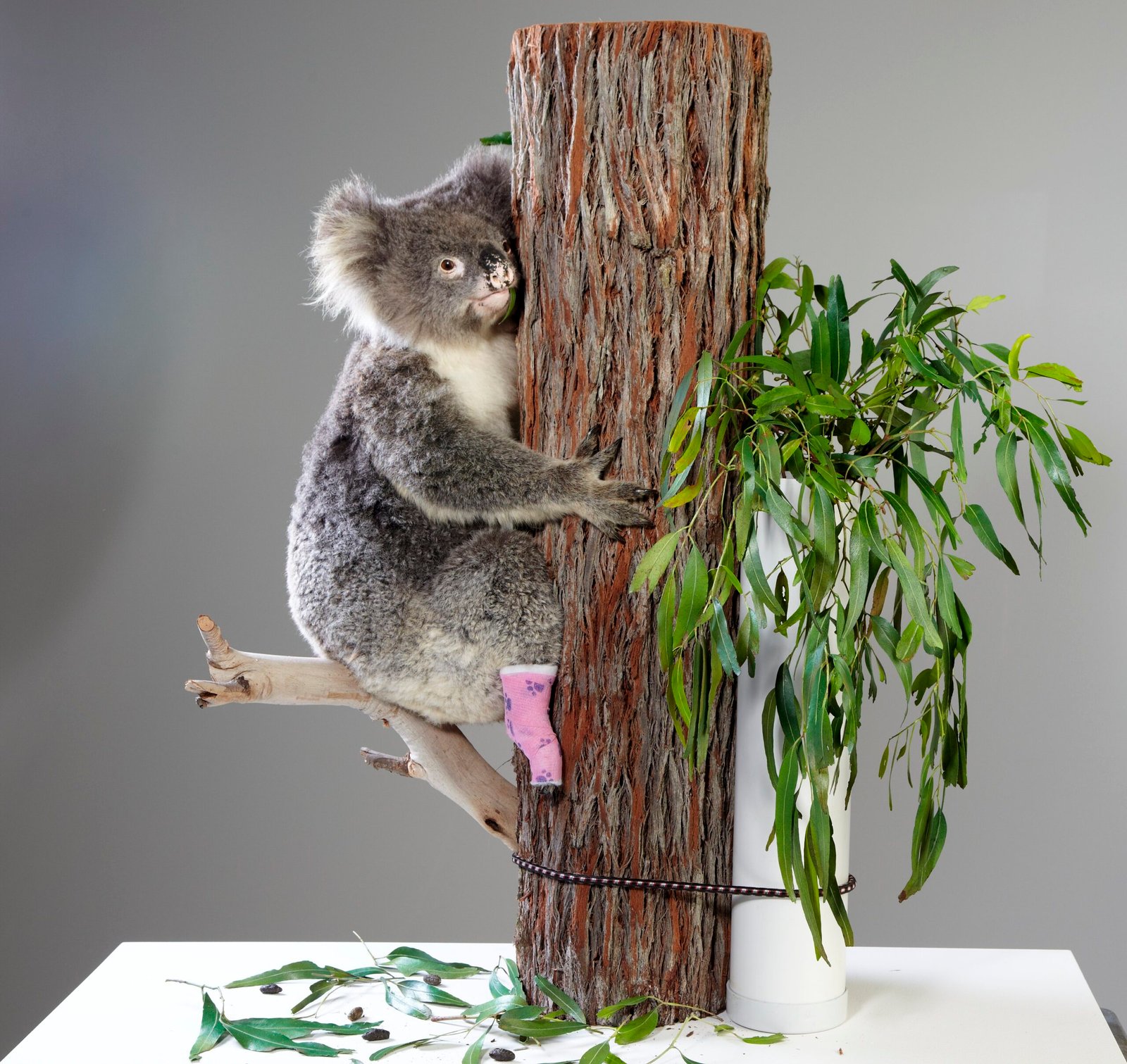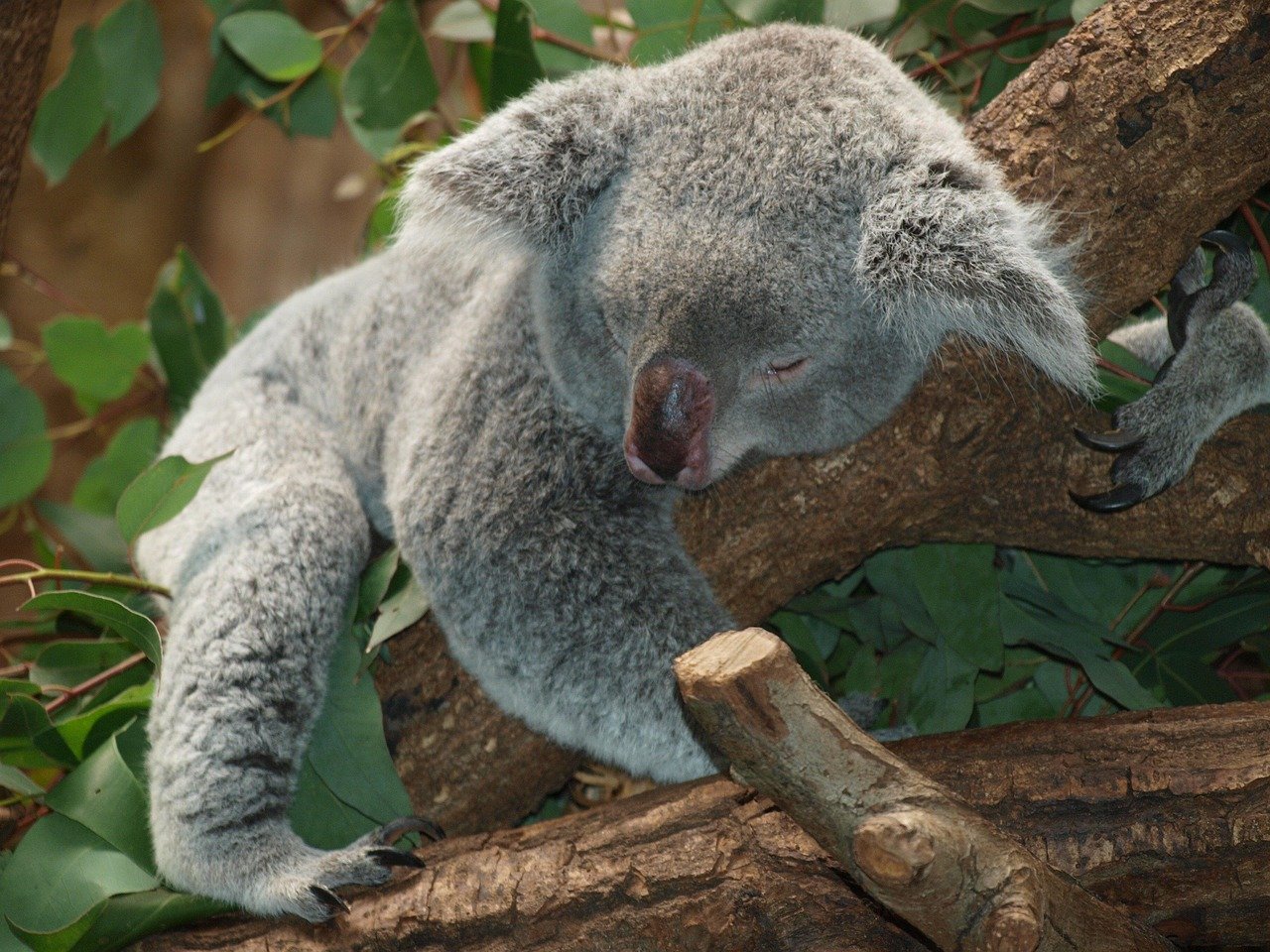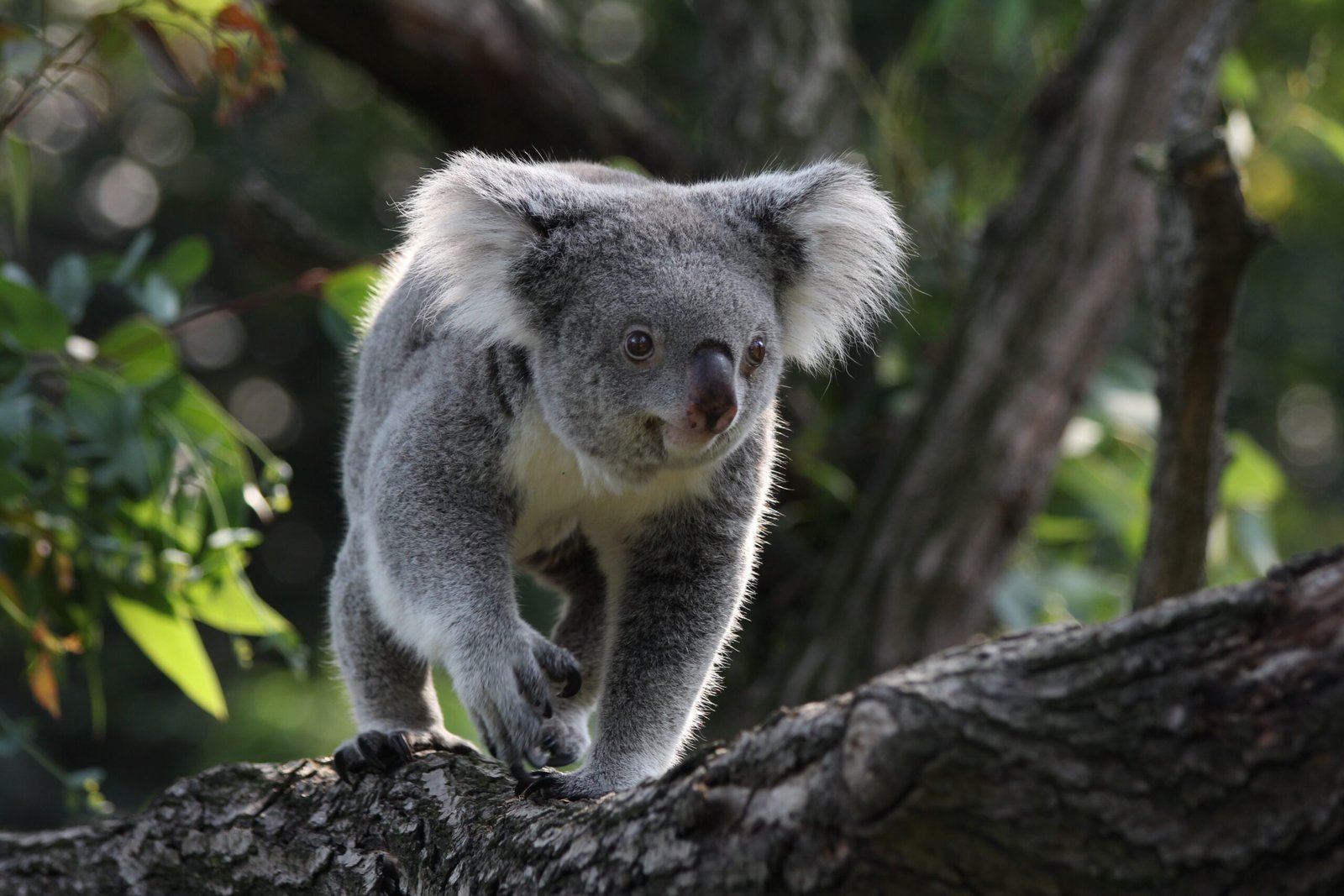Every year, May 3rd marks International Wild Koala Day—a celebration that is equal parts admiration and alarm. Koalas, with their fuzzy ears and gentle eyes, are more than just Australia’s beloved national symbol; they are living reminders of a wild world under threat. But behind their sleepy charm lies a stark reality: climate change is pushing these unique marsupials closer to the edge. Imagine a world where the soft grunts of koalas are no longer heard in the eucalyptus forests—this isn’t just a distant fear, it’s a growing crisis that’s unfolding right now. As the planet warms and weather patterns shift, koalas are facing challenges that no cuddly animal should ever have to endure. Their struggle is not just a story of survival, but a warning to all of us about the fragile balance of our natural world.
The Koala: A Symbol of Australia’s Wild Heart

Koalas have long been cherished as icons of Australia, instantly recognizable for their round faces, button noses, and thick grey fur. These marsupials are found mainly in the eucalyptus forests of eastern and southern Australia, where they spend most of their lives perched high in the trees. Their slow-moving, tranquil lifestyle has turned them into beloved figures not just in Australia, but around the globe. For many, spotting a wild koala feels like catching a glimpse of Australia’s soul—a moment of wonder that connects people to nature. Yet, beneath their peaceful exterior, koalas are incredibly sensitive to changes in their environment, relying on specific tree species for both food and shelter. This deep connection to their habitat makes them especially vulnerable to any disruptions, especially those unleashed by a rapidly changing climate.
Climate Change: Turning Up the Heat on Koalas
Rising global temperatures are dramatically altering the landscapes koalas call home. Australia has experienced historic heatwaves in recent years, with some regions reaching temperatures that were once considered unthinkable. For koalas, these extreme heat events can be deadly. Unlike many animals, koalas have limited ability to escape the heat; they cannot easily move to cooler areas and are at risk of dehydration and heat stress. In 2019, a scorching heatwave in New South Wales left dozens of koalas suffering from severe dehydration, with some even venturing to the ground in desperate search of water—an act that puts them at greater risk from predators and traffic. As climate change continues to turn up the heat, these life-threatening events are becoming more frequent, putting koala populations under immense pressure.
Devastating Droughts and Their Ripple Effect
Droughts, becoming more common with climate change, are another grave threat to koalas. Eucalyptus leaves—the main diet of koalas—not only provide food but also most of their water. During prolonged droughts, these leaves become drier and less nutritious, pushing koalas to the brink of starvation and dehydration. The drought of 2018-2020 saw countless koalas struggling to survive as trees withered and water sources dried up. In some areas, rescuers found koalas so weak from hunger and thirst that they could barely cling to branches. These droughts don’t just hurt individual animals; they disrupt entire populations, reducing birth rates and increasing mortality. The ripple effect extends to the forests themselves, as fewer koalas means less natural pruning of trees, subtly shifting the ecosystem’s balance.
Bushfires: Nature’s Fury Fueled by Climate Change

Few images are as haunting as those of koalas fleeing raging bushfires, their fur singed and eyes wide with terror. The devastating bushfires of 2019-2020, known as “Black Summer,” burned millions of hectares across Australia, destroying vital koala habitats and killing thousands of animals. Scientists have linked these catastrophic fires to longer, hotter summers fueled by climate change. For koalas, whose survival depends on the dense canopy of eucalyptus forests, the loss of habitat is a double blow—it leaves them exposed and without the food they need. Even after the flames die down, surviving koalas face a harsh landscape of scorched earth and fallen trees. Recovery is slow, and many populations may never fully bounce back, especially as fires become an increasingly regular occurrence.
Habitat Loss and Fragmentation: A Growing Threat

Climate change doesn’t just bring direct dangers; it also worsens the longstanding problem of habitat loss. As temperatures rise and rainfall patterns shift, the range of suitable koala habitat shrinks. Forests may die off or change in composition, forcing koalas to move—or perish. Human activities like land clearing, urban development, and agriculture further fragment koala habitats, isolating populations and making it harder for them to find mates or migrate to safer areas. These fragmented landscapes also expose koalas to new dangers, such as increased encounters with cars and domestic animals. The result is a patchwork of small, vulnerable populations that are less able to adapt to the challenges of climate change.
Food Quality Under Threat: Eucalyptus Leaves and Climate Change
Eucalyptus leaves are the lifeblood of koalas, but even these are changing as the climate warms. Rising carbon dioxide levels and extreme weather alter the chemical makeup of eucalyptus leaves, sometimes making them less nutritious or even toxic. Koalas are highly specialized eaters, relying on specific tree species and even preferring certain trees over others. When their food becomes less palatable or harder to digest, koalas may go hungry even when surrounded by trees. In some cases, scientists have found koalas refusing to eat leaves from trees affected by drought or heat stress. This subtle yet significant shift can lead to malnutrition, weakened immune systems, and lower reproductive success—a hidden but powerful threat to their survival.
Water Scarcity: A Silent Killer
Although koalas rarely drink water in the wild, instead getting most of their moisture from eucalyptus leaves, the increasing frequency of heatwaves and droughts is changing this behavior. Koalas have been spotted descending from trees to drink from puddles, creeks, and even garden birdbaths—an unusual and risky move for such solitary animals. This newfound thirst is a stark sign of how climate change is pushing koalas beyond their natural limits. In regions hit hardest by drought, wildlife volunteers have set up water stations to help koalas survive, often finding them crowded around these lifesaving oases. Yet, this is a temporary fix to a much larger problem—without healthy forests and regular rainfall, koalas face a future where thirst is a constant companion.
Disease and Stress: A Deadly Combination

Climate-related stress doesn’t just make life harder for koalas; it also makes them more susceptible to disease. The most notorious threat is chlamydia, a bacterial infection that can cause blindness, infertility, and even death in koalas. Scientists have found that stressed animals—those struggling with heat, hunger, or dehydration—are more likely to become infected and less able to fight off illness. The combination of climate change and disease creates a vicious cycle, weakening koala populations and making recovery even harder. In some areas, up to half of all koalas are affected by chlamydia, further limiting their chances of survival in a rapidly changing world.
Koalas as Climate Change Sentinels
Koalas are sometimes called “canaries in the coal mine” for Australia’s forests, acting as early warning signs of environmental decline. Their sensitivity to changes in temperature, water availability, and habitat quality makes them powerful indicators of ecosystem health. When koalas struggle, it’s a signal that their entire habitat is under threat. Scientists and conservationists closely monitor koala populations to track the broader impacts of climate change on Australian wildlife. The fate of the koala is intertwined with that of countless other species, from insects to birds, that share their forest home. Saving koalas means protecting a whole web of life that depends on healthy, resilient ecosystems.
Conservation Efforts: Hope Amid the Crisis
Despite the daunting challenges, people across Australia and around the world are working tirelessly to protect koalas. Conservation groups are restoring habitats, planting thousands of eucalyptus trees, and lobbying for stronger laws to safeguard forests. Researchers are developing new strategies to treat diseases like chlamydia and help koalas adapt to changing conditions. In some communities, locals have banded together to create wildlife corridors, allowing koalas to move safely between fragmented habitats. These efforts offer hope, but experts agree that urgent action is needed to address the root causes of climate change and halt further habitat destruction. Every tree planted, every koala rescued, is a step toward a future where wild koalas can thrive once more.
What the Future Holds: A Call to Awareness

The story of the koala is both heartbreaking and inspiring—a reminder of nature’s vulnerability and resilience. As climate change accelerates, the choices we make today will decide whether future generations will know the wonder of seeing a wild koala. International Wild Koala Day is not just a time to celebrate these gentle creatures, but a call to action. It asks us to listen to the land, to fight for forests, and to stand up for the voiceless animals caught in the crossfire of a warming world. Every action, no matter how small, can make a difference. Will you be part of the story that saves the koala?




